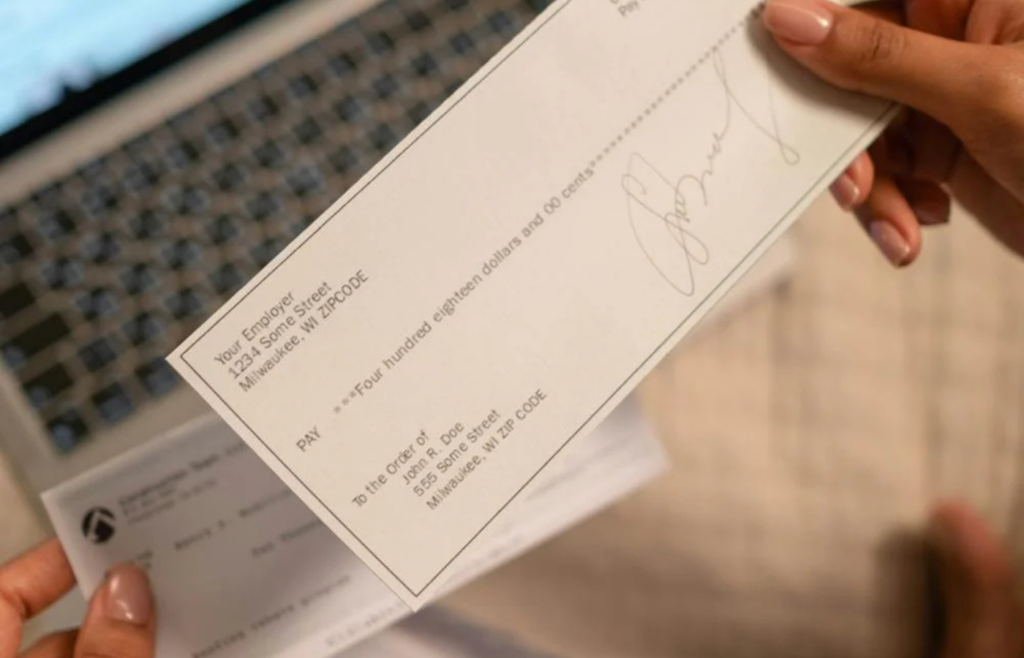Everyday routines often harbor subtle financial pitfalls that can quietly undermine your financial health. Recognizing and addressing these hidden money traps is crucial for maintaining a stable and prosperous financial future.
From excessive subscription services to impulse purchases can be controlled and managed with careful planning. Here are 15 common money traps to watch out for:
1. Impulse Purchases

Unplanned buys, especially those strategically placed near checkout lines, can quickly add up. Retailers design these areas to tempt consumers into last-minute purchases, leading to unnecessary spending.
2. Subscription Overload

With the rise of subscription-based services, it’s easy to lose track of monthly commitments. Regularly auditing and canceling unused or redundant subscriptions can free up significant funds.
3. Lifestyle Creep

As income increases, there’s a tendency to elevate spending habits accordingly, known as lifestyle creep. This can lead to living paycheck to paycheck despite higher earnings. Glamour+2Wikipedia+2Verywell Mind+2Verywell Mind
4. Extended Warranties

Retailers often upsell extended warranties that may not be necessary, as many products are reliable or already covered under standard warranties. Declining these can save money without significant risk.
5. Overdraft Fees

Regularly overdrawing your bank account incurs fees that can accumulate over time. Monitoring account balances and setting up alerts can help avoid these charges.
6. Paying Minimum Credit Card Payments

Paying only the minimum on credit cards prolongs debt and increases interest payments. Striving to pay the full balance each month prevents unnecessary interest accrual.
7. Unused Gym Memberships

Paying for a gym membership that’s seldom used is a common financial drain. Evaluating actual usage and considering pay-per-visit options or home workouts can be more cost-effective.
8. Frequent ATM Fees

Using out-of-network ATMs often results in fees from both your bank and the ATM provider. Planning cash withdrawals to use fee-free ATMs can prevent these charges.theweek+1Schwab+1
9. Spaving (Spending to Save)

Purchasing items solely because they’re on sale or part of a promotion can lead to spending more than intended. Evaluating the necessity of items before buying helps avoid this trap. Ramsey Solutions
10. Not Shopping Around for Insurance

Auto-renewing insurance policies without comparing rates can result in overpaying. Regularly reviewing and shopping around for insurance can lead to better deals.
11. Daily Coffee Runs

While convenient, daily purchases of coffee or similar items can accumulate significant monthly expenses. Brewing at home or limiting such purchases can lead to substantial savings.
12. Neglecting to Budget

Without a clear budget, it’s challenging to track spending and identify areas to cut costs. Implementing a budgeting routine fosters better financial awareness and control. The Budget Mom
13. Ignoring Energy Efficiency

Using outdated appliances or neglecting energy-saving practices can lead to higher utility bills. Investing in energy-efficient devices and habits reduces long-term expenses.
Read More: 10 Common Investing Fears (And Whether They’re Actually Valid)
14. Overlooking Automatic Renewals

Many services auto-renew annually, leading to unexpected charges for unused services. Keeping track of renewal dates and canceling unnecessary services prevents this.
Read More: I Took a Pay Cut for Work-Life Balance — Was It Worth It?
15. Emotional Spending

Shopping as a response to stress or emotions can lead to unplanned and unnecessary purchases. Recognizing emotional triggers and finding alternative coping mechanisms can help control spending.
By identifying and addressing these everyday money traps, you can make more informed financial decisions and enhance your overall financial well-being.
Read More: The 10 Most Common Ways People Underestimate Retirement Costs






